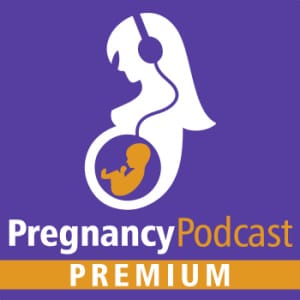Overview
If you went into labor and showed up at the birth center or a hospital with nothing, it would not be the end of the world. You would probably have to send your partner out to buy a car seat so you could take your baby home, but otherwise, you would indeed survive. You can pack some things in a bag that will make your labor, birth, and postpartum experience much more comfortable. This article breaks down what you should pack in your hospital or birth center bag for you, your baby, and your partner. Don’t worry about taking notes. You can download a free checklist.

